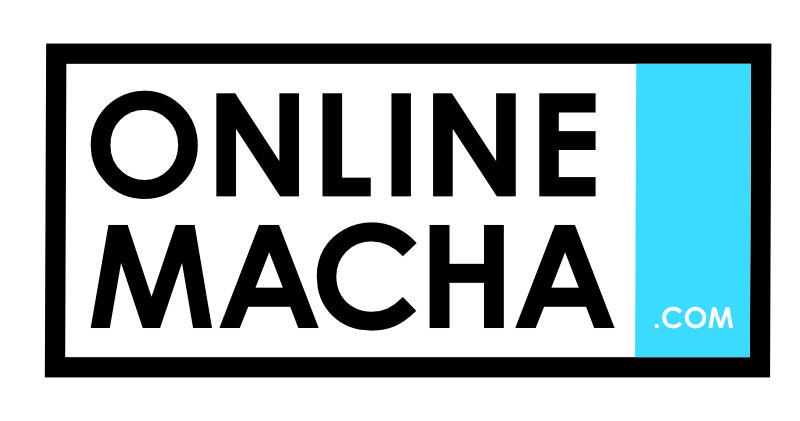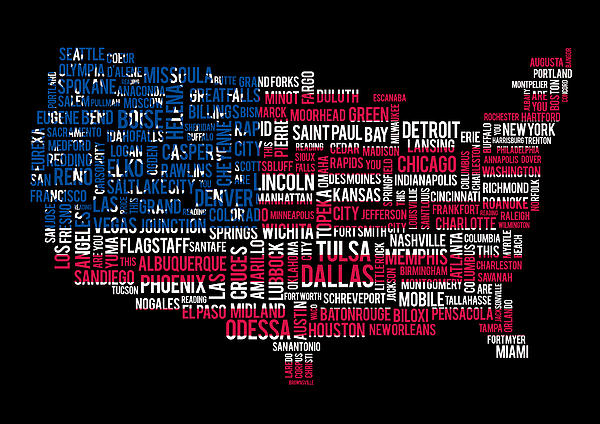Today the dreams of pursuing higher education from renowned institutions both at home and abroad are catching up amongst the new-gen youth like wild fire. With every promising young mind aspiring for best quality schooling, which we know comes at a cost, loans are gaining vital connotations in the education sector.
Educational loans are fast emerging as support systems for those unable to afford study abroad or even at the premier institutions of the country. Taking cognizance of this fact RBI has introduced study or education loans from banks across India. The banks have also teamed up with a number of universities and colleges to provide funds to the deserving.
According to RBI guidelines, the maximum education loan available for pursuing higher studies in the country is Rs.10 lakhs while the limit for studying abroad is Rs.20 lakhs. RBI’s guiding principle states that loans availed up to Rs.4 lakhs is sanctioned without any collateral security. However, if the amount goes beyond, the rule is to provide collateral and a third party guarantee mostly as the parents of the student for whom the loan is applied.
What is collateral?
The definition states – ‘Collateral is something pledged as security for repayment of a loan, to be forfeited in the event of a default.’
Collateral is an essential check for a bank to be on the safer side. If a lone of higher denomination is approved without any collateral security, the bank runs the risk of incurring financial loss in case the borrower fails to repay the loan. In order to stay away from such occurrences, collaterals are made mandatory for loans exceeding Rs.4 lakhs.
However, in exceptionally special cases, where a particular student is found to be extraordinarily brilliant and deserving, banks may mull over increase his/her education loan amount without collateral.
Opportunities
Interest rates for education loans range between 1 to 3 per cent above base rates. Banks often provide additional relaxation in interest for girl students and for those paying the interest regularly during moratorium period. The loans are to be paid back in instalments in 84 months. The repayment process begins a year after completion of studies or six months after being employed, whichever is earlier.
Some of the best known banks of India provide study loans that exceed the designated limit allocated without collateral security. These banks can be of great help for students and parents dealing with collateral security issues.
Here is a list of such banks:
HDFC Bank – Loan amount provided for education within the country is Rs.15 lakhs and for study abroad is Rs.20 lakhs. No collateral security is required for loans up to Rs.7.5 lakhs
HSBC Bank – Loans of Rs.5 lakhs does not entail collateral security
State Bank of India (SBI), IDBI Bank and Punjab and Sind Bank – Loan amount provided for education within the country is Rs.15 lakhs and for study abroad is Rs.20 lakhs. No collateral security is required for loans up to Rs.4 lakhs
Most of the other banks follow an almost analogous financial aid criterion. For instance loans up to Rs.4-5 lakhs need no collateral while amounts exceeding 4 lakhs and going up to Rs.7.5 lakhs are granted only with a third party guarantee as collateral. Loans of further higher amounts are approved with property as collateral.
It is important to understand that loans are not to be claimed as rights and banks must exercise proper financial judgement even while allocating education loans, even if the borrower appears to be deserving and brilliant.
Challenges
Today Indian banks have outstanding education loans of around Rs 50,000 crore and the percentage of NPAs is approximately 5.5 per cent. With most of the loans still under the moratorium period, the NPAs are slated to rise in near future.
Education loans are categorised as priority and should be encouraged. These loans are investments for the country’s economic development and future prosperity. Countries all over the world have easy and attractive student loan schemes. In our country student or education loan scheme was launched to support deserving and academically brilliant students pursue higher education of choice.
However, with ease in rules and regulations today anyone with a legitimate admission in a course becomes eligible for education loans, irrespective of previous academic performance or process of admission. Political leaders are also demanding approval and grant of education loans as a matter of right.
This is leading to high rate of default in education loans. Many borrowers are failing to get employed within one year. In other cases, salaries are insufficient to guarantee secured pay-backs. Some devious institutes structure fee amounts on the amount of collateral-free education loan offered by banks.
Rising incidents of failing in exams are aggravating the situation creating large number of overdue loans. Besides, there are borrowers who just do not pay, despite getting well-paid jobs. It has been found that default cases are higher when loans are sanctioned without collateral security and a third party guarantor. Banks are now facing tremendous issues tracking the beneficiaries after they have completed their course.
IBA guidelines
As a precautionary measure to thwart the damage that NPAs in education loans can cause to the Indian economy, the Indian Banks Association has charted fresh guidelines on sanctioning student loans. The guidelines are built on the primary banking principle that “loans, including educational loans, cannot be claimed as a matter of right. It is to be left to the discretion of bankers to decide whom to lend to and how much to lend, of course based on transparent rules”.
Here are some basic guidelines-
• Banks to execute an efficient appraisal process based on solid financial logic.
• Only those with valid admitted to recognised colleges and universities through a merit-based selection process are entitled for student loans.
• Students taking up in management seats by paying capitation fees and donations are excluded from the process and banks have to put in place a system for assessing the employability scopes of the student post study.
• Banks to employ ratings of colleges/universities and also students to improve the asset quality
• Best students with admissions in Ivy League institutions to be granted loans at lower rates
• Scholarships, special considerations to be considered during finalising the amount of the loan
• Vocational/skill development courses with two months to three years duration also included in the eligibility criteria of loans
• Repayment periods to be increased to 10 years for loan amount of Rs 7.5 lakh and 15 years for loans exceeding Rs 7.5 lakh
• Parents/guardians to be enlisted as co-borrowers even for loans of Rs 4 lakh; Students to submit PAN details while pursuing the courses.
Way forward
In the end the impact of reinforcing fresh guidelines will depend upon mass awareness and change of mind-set towards student or education loans. Parents, guardians and students have to avail loans only on genuine requirements and solely to the degree actually essential for them to carry on with their educational goals.
Author: Baishali Mukherjee
Profile- An independent writer and journalist for last nine years; presently working with Education World, Entrepreneur India, Scrabbl.com and Stoodnt.com. Worked as the content head for four books and have articles and features published in leading print and digital media spaces.






